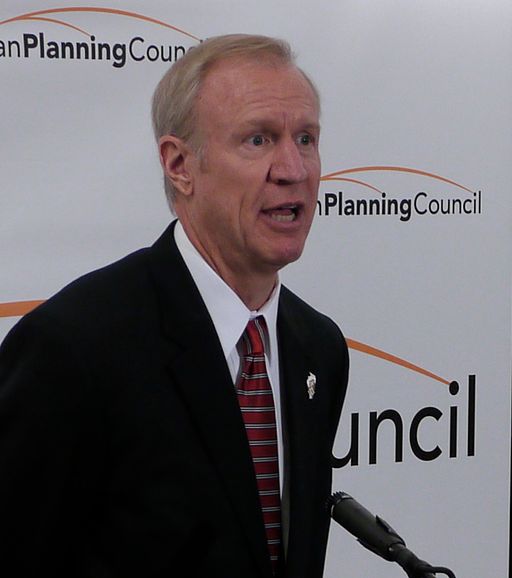The South Carolina Public Employee Benefit Authority (PEBA) allocates a large portion of its assets towards hedge funds – 17 percent, as of June 30.
But PEBA is looking for a change. It isn’t considering moving away from hedge funds, but it is looking at different kinds of hedge funds. Namely: smaller ones.
From Bloomberg Briefs:
South Carolina’s pension is interested in allocating to smaller hedge fund managers to enhance diversification and capture increased returns as it reduces holdings in larger funds, according to state treasurer Curtis Loftis.
The $30 billion pension had 14 investments in “strategic partnership funds” of $1 billion or more at the start of this year, of which it has “unwound about half,” Loftis said in a speech at the Alternative Asset Summit in Las Vegas last month. It is “very interested in emerging managers” to help with this “fear of non-diversification, and to enhance returns” he said in the Oct. 28 speech. The pension has already made “several or so investments of $50 million or less the last few of months,” he said. This includes a commitment of $25 million to $50 million last month to a small manager that Loftis declined to identify.
“I love alternative investments. I love Wall Street. I don’t mind paying fees,” Loftis said in 2013. “But I want returns.” The pension last year had investment fees and expenses of 1.59 percent of assets, compared to a national average of 0.57 percent, according to a presentation on its website.
[…]
The state treasurer suggested emerging hedge funds to “come show up” at public meetings of public pension plans, including the South Carolina Investment Commission. “If I were an emerging manager and I wanted to understand how public pension plans work, I would attend the meetings, shake hands and pass out cards.”
The move is interesting because there is data out there suggesting pension funds can get the best returns by investing with newer, smaller hedge funds.
Dr. Linus Wilson writes:
Most institutions and their consultants implicitly or explicitly limit their manager selection criteria to hedge funds with a multi-year track record (three years or more) and assets under management in excess of $250 million. The AUM screen is probably higher; $1 billion or more. Unfortunately, all the evidence shows that choosing hedge funds with long track records and big AUM is exactly the way to be rewarded sub-par returns.
A recent study by eVestment found that the best absolute and risk-adjusted returns came from young (10 to 23 months of performance) and small (AUM of less than $250 million) hedge funds. My anecdotal evidence is consistent with this fact. My young and small fund, Oxriver Captial, organized under the new JOBS Act regulations, is outperforming the bigger more established funds.
Dr. Wilson believes pension funds are ignoring data that suggests newer, smaller managers perform better than the older, larger hedge funds that pension funds typically prefer
Read Dr. Wilson’s entire piece here.









